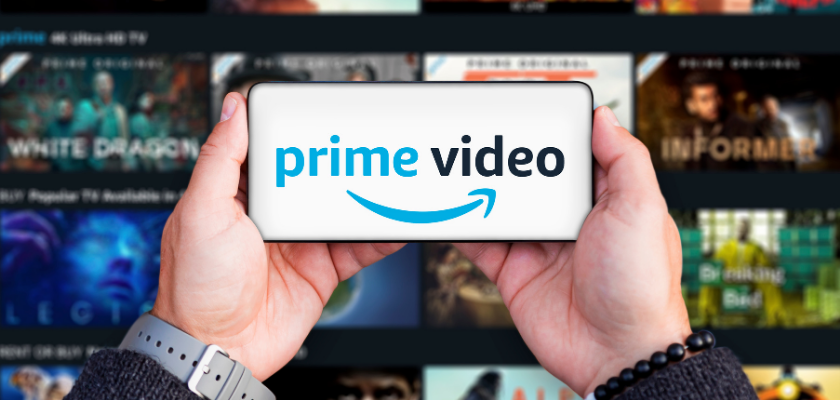
Best Digital Marketing Agency Ad Campaigns For Your Inspiration
Remember scrolling through endless newspaper ads or flipping through magazines hoping for something interesting? Those days are gone. Businesses have shifted their focus to the online world, and for good reason. Digital marketing agency ad campaigns can increase brand awareness, …

5-Step Guide: How to Get More Attendees for Your Marketing Event
In today’s environment fueled by AI, it’s easy for digital marketers & agencies to assume that faceless online interactions are the future of marketing. But, in-person and online/virtual marketing events remain a powerful tool for building relationships, boosting brand awareness, …

Marketing vs Art: 6 Ways to Integrate Art into Promotion
Today we will discuss the topic of art and its relevance in the development of the brand. The main problem facing most brands is how to attract a disproportionately high level of attention. And every year it becomes more difficult …

Top AI-Generated Advertising Campaigns from Famous Brands
An either-or between creativity and data won’t work for any brand to stand out today. It needs both. Brands need their marketing campaigns to be relevant and frequent. And to keep up with both parameters in this digital wave, AI-generated …

Love Is in the Air: Valentine’s Day Marketing Ideas & Campaigns
Valentine’s Day is a day of love and celebration. Throughout the season, people become more open to spreading love and showing appreciation through giving gifts and cards; sharing quotes, videos, photos; etc. If you engage with your audience by showing …

Grow Your Startup: How to Boost PPC Campaign Performance through Personalized Retargeting
Do you know the percentage of customers who have said they are more likely to purchase a retargeting ad? It’s a massive 70%. That figure is no joke. Personalized retargeting is your pay-per-click (PPC) strategy’s secret weapon. These ads aren’t …

The Real Reasons Your Ads Are Not Performing Well and How to Improve Them
As someone who’s been working in the Digital Marketing and Creative industry for almost a decade, I can confidently say – there are so many ineffective ads running online. Brands are being impulsive, throwing their money down the drain without …

Decoding ROAS Meaning: An Essential Guide to Return on Advertising Spend
Marketing campaigns these days are driven by data more than ever, with experts emphasizing efficiency and stability more than visibility. This drives competition tighter, with marketers striving to innovate with strategies that aim to get more leads while spending as …

Best Practices for B2B Online Advertising Strategy
The essence of B2B online advertising is tailoring products, services, or solutions perfectly for businesses. And what sets it apart from the B2C game isn’t just an audience difference but the art of cultivating genuine business relationships. While 80% of …

Behind the Scenes of Success: Inspiring Luxury Brand Advertising Campaigns
When it comes to advertising strategy, luxury brands go above and beyond. They craft fascinating campaigns that resonate just right with their audience. Luxury brand advertising campaigns work their magic on the ever-changing landscape of digital marketing. Luxury brand advertising …

Burberry’s Over The Top Digital Marketing Strategy & Deluxe Advertising Campaigns
Known for its iconic trench coats and check pattern Burberry is a luxury fashion house cherishing British heritage. Brand’s over-the-top marketing campaigns are often praised for their creativity and innovation. Let’s explore how Burberry campaigns are utilized to create a …

Amazon Prime’s Marketing Strategy & Advertising Campaigns
At the heart of its triumph lies the brilliance of Amazon Prime’s marketing strategy, which has contributed to the platform’s widespread popularity and success. By employing a comprehensive approach that blends data-driven insights, and captivating advertising campaigns leveraging the power …





















